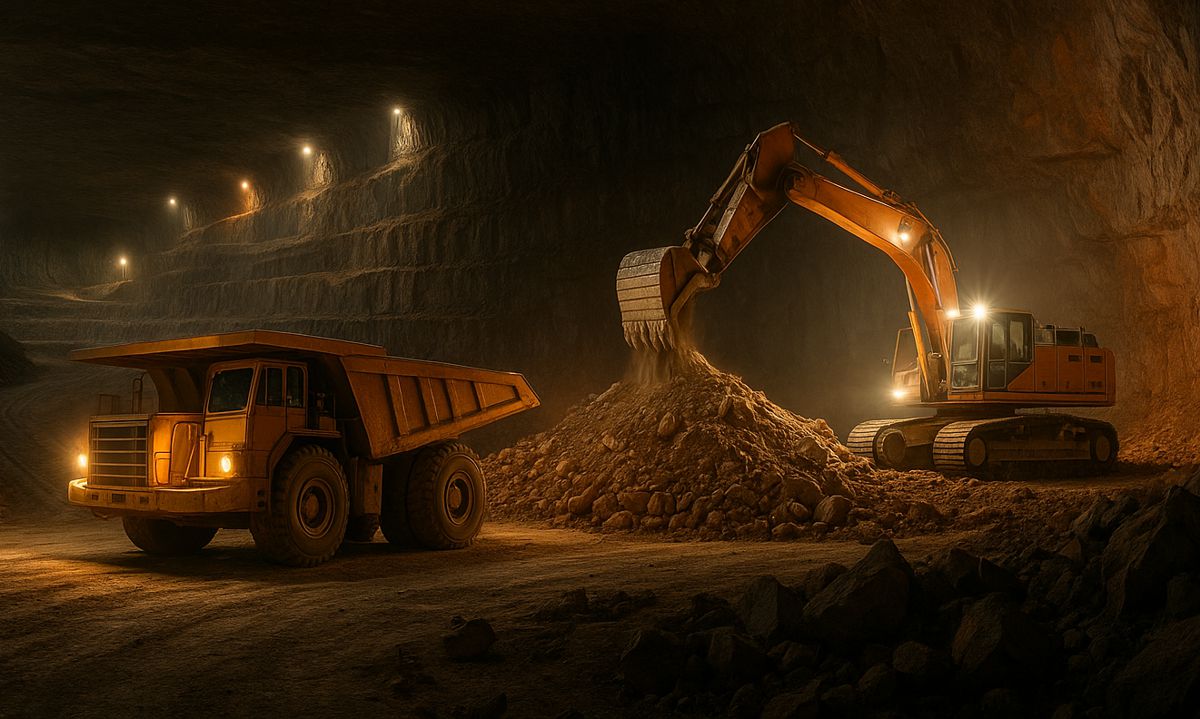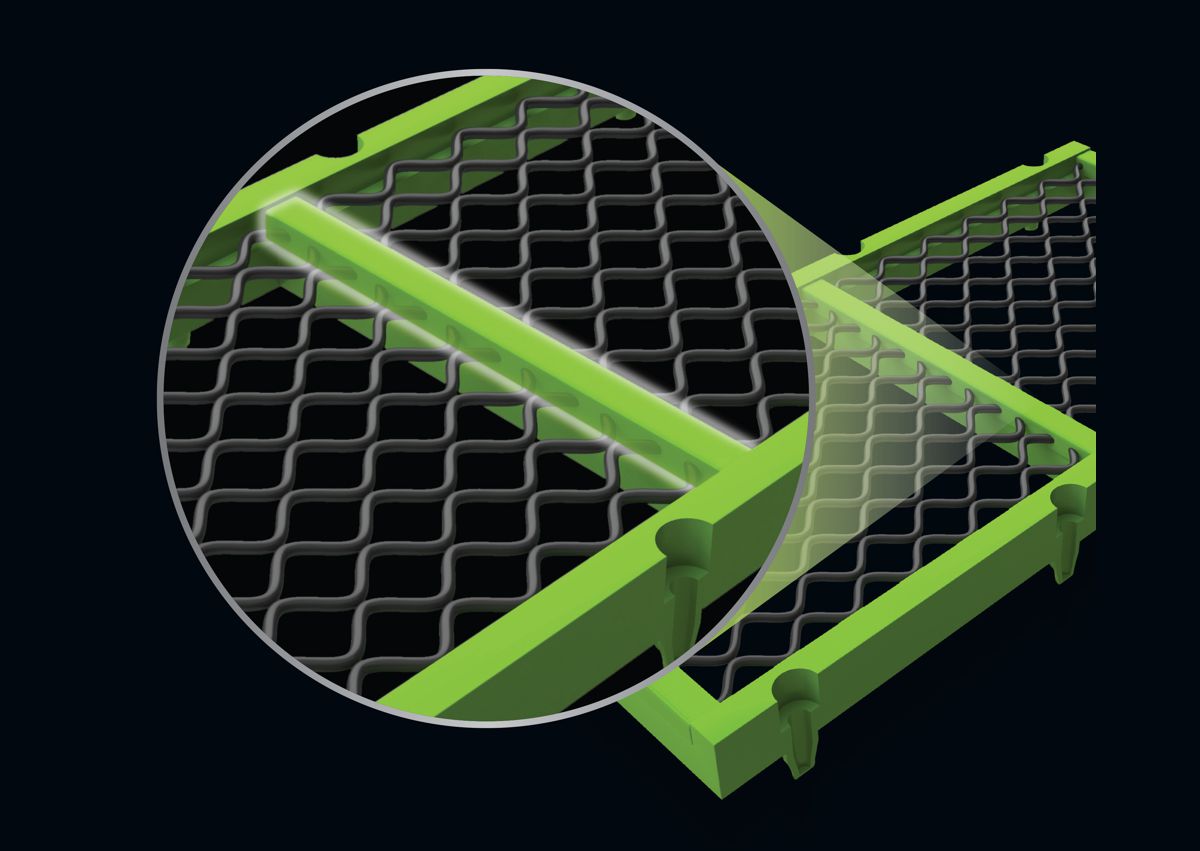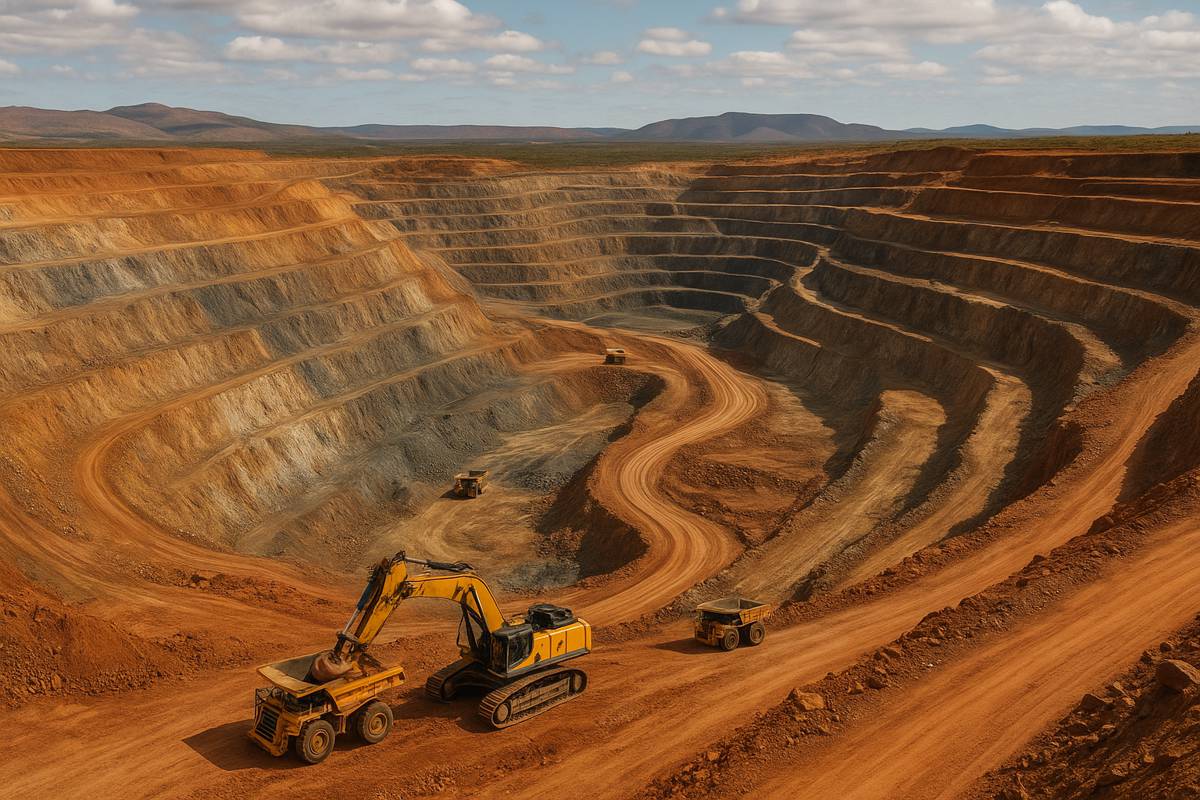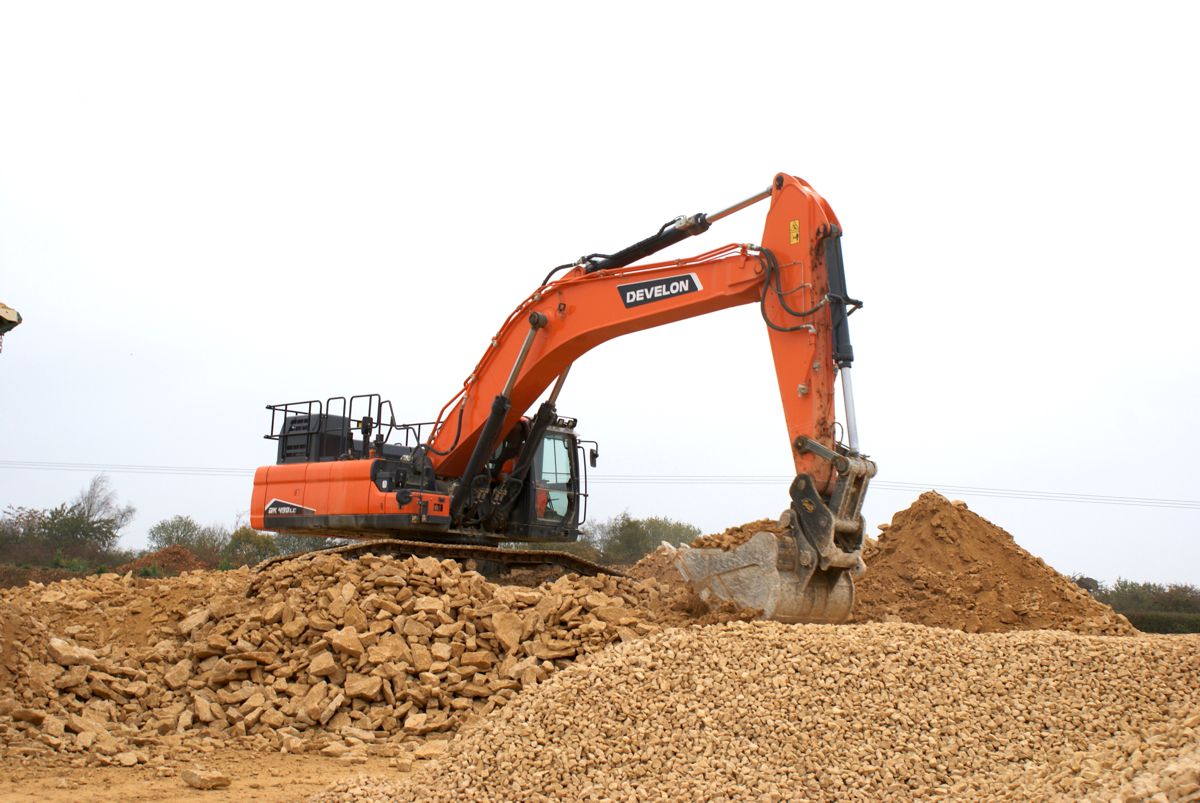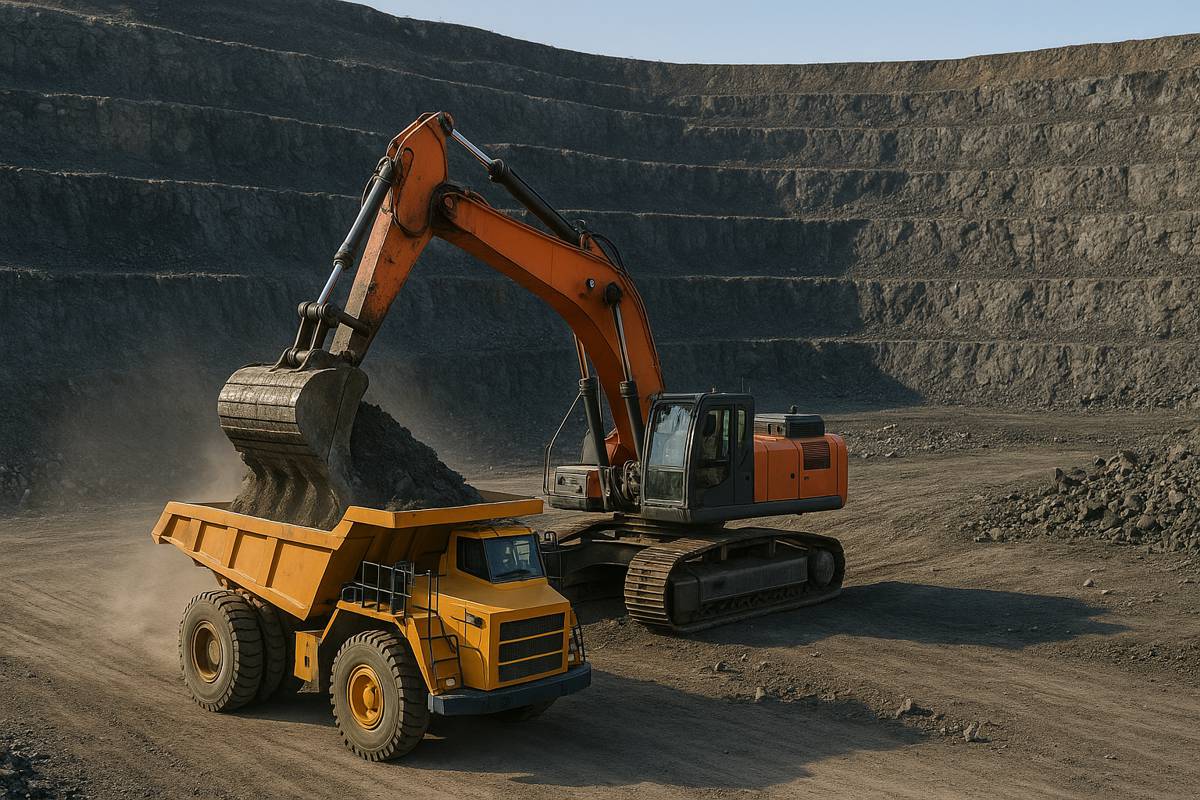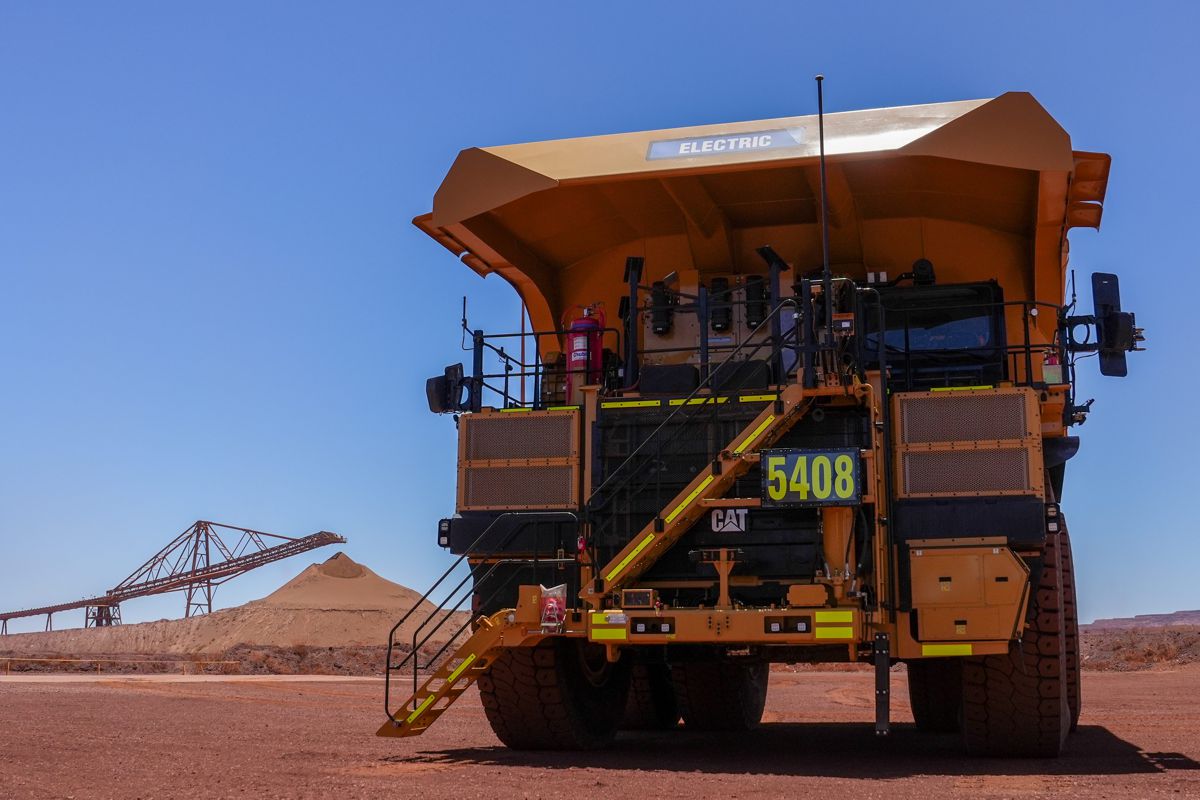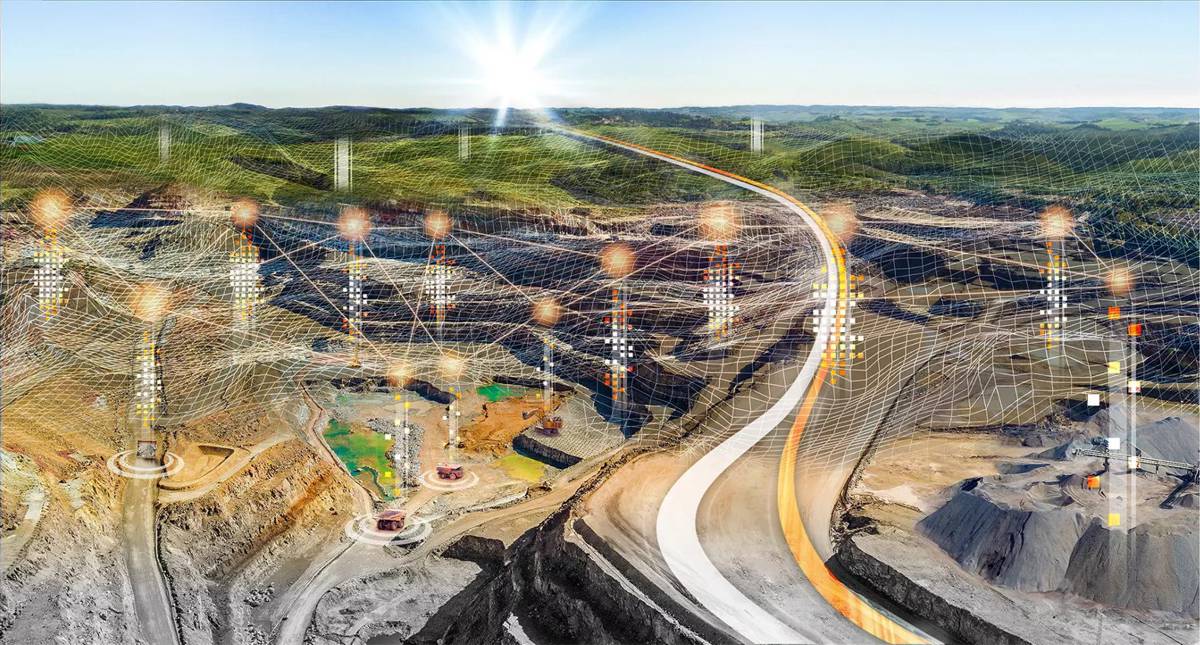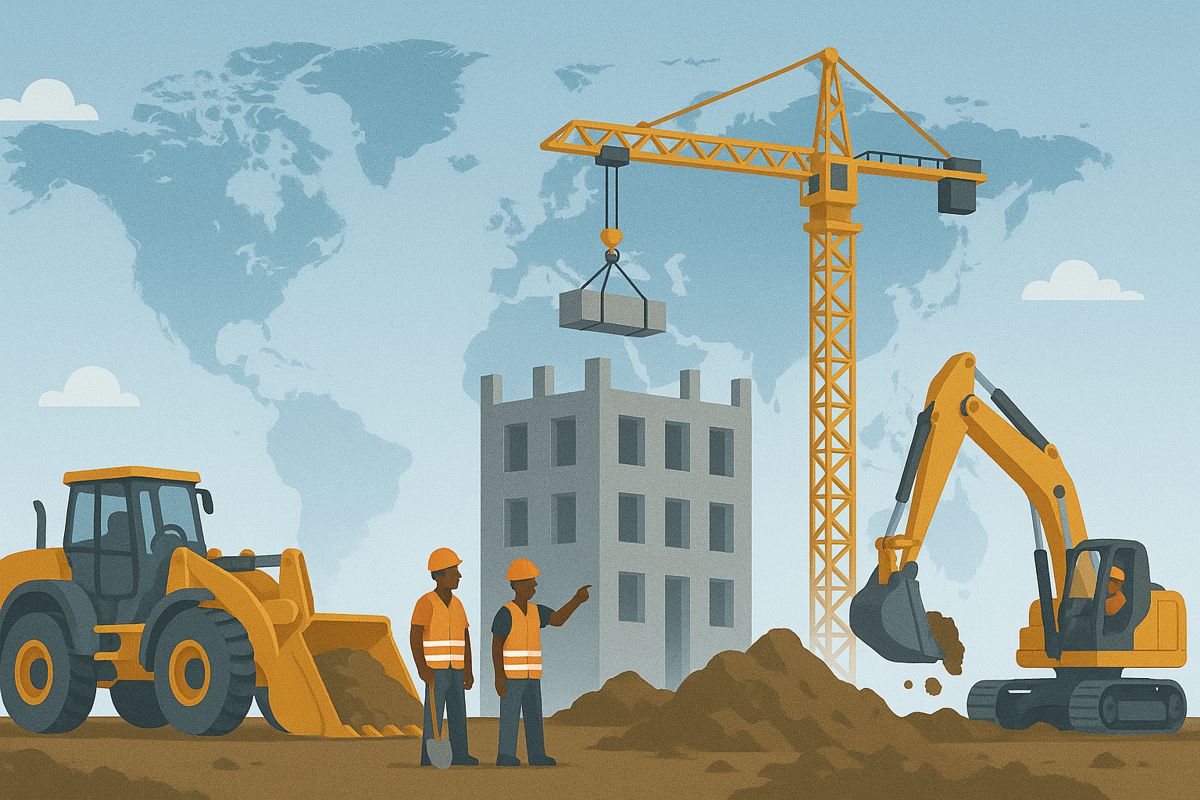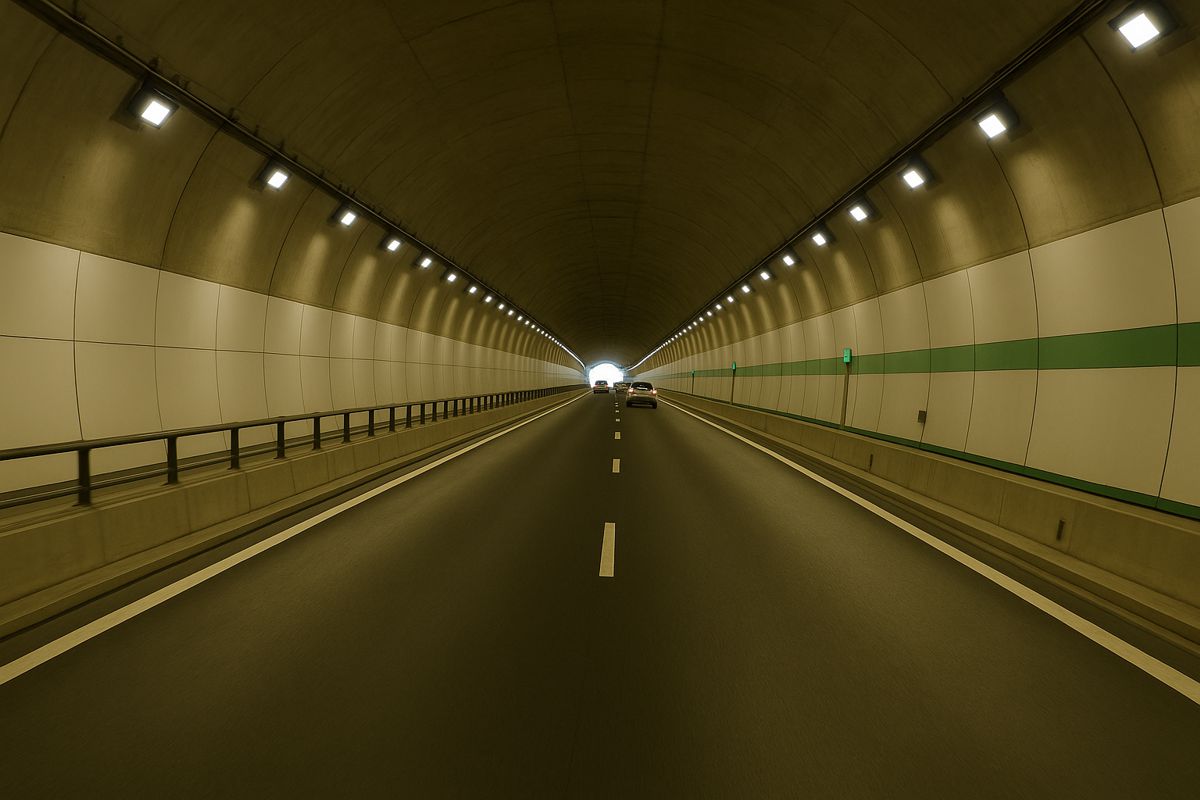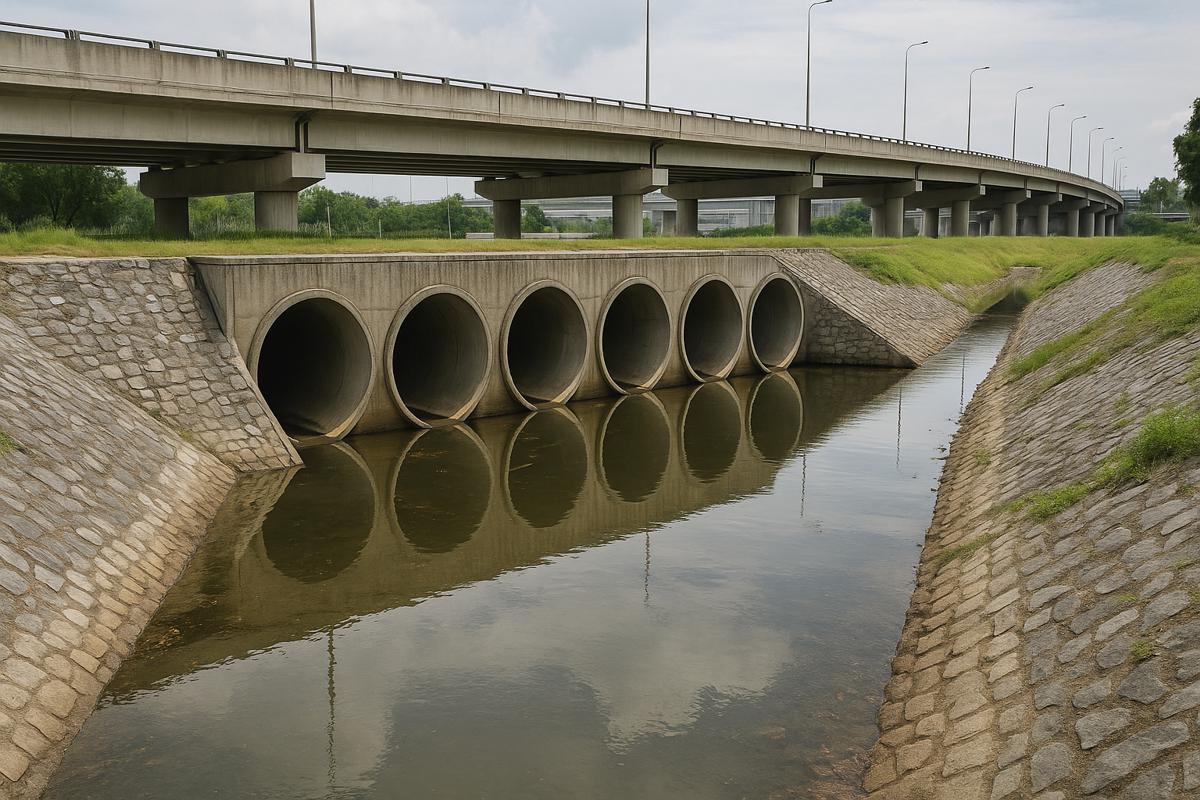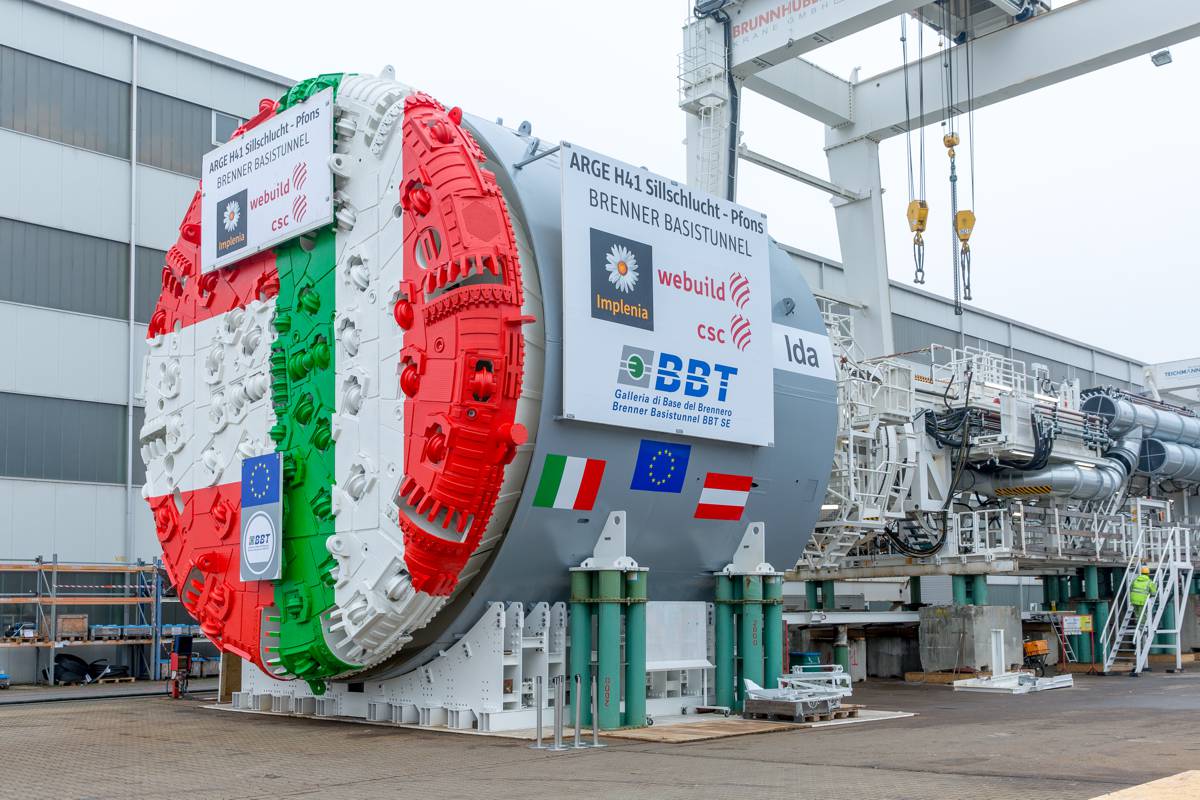Kiruna residents move for Swedish mine expansion
Eva and Carl-Johan Mäki raised their children in Kiruna’s Ullspiran district and lived there for almost 40 years. All of the buildings in the area are now gone. “You’ve got to look forwards, not backwards,” says Eva Mäki.
All that remains of Ullspiran, on Kiruna’s Bromsgatan, are playgrounds. But these days, children enjoying the swings are a rare sight.
“When we lived here, there were children everywhere. Lots of people in our generation moved here at about the same time, and most had children of the same age,” says Carl-Johan Mäki, also known as “Kallis”.
As we walk around the area, the foundations of the four rental buildings are clearly visible. The last building came down this summer. Some of the demolition debris has been placed in gabions, or large cages, symbolising the old buildings.
“We came and watched them pull down the last building. It’s difficult to comprehend that it’s gone,” says Eva.

The couple moved to the area in the early 1970s. Ullspiran, comprising 148 apartments, was built relatively recently. At the time it was one of Kiruna’s most modern districts.
The family relished their life there; the children had their friends close by, and the school and ice rink were within walking distance. Plenty of Eva and Carl-Johan’s friends also lived in the area. The ‘Förmansklubben’ (‘foreman’s club’), a wooden heritage building on the other side of the street, often hosted parties and other gatherings.
“Ullspiran was like our own little town, it was a fantastic area to live in,” says Kallis, looking around him.
“And it was quiet, no traffic at all,” Eva adds.
The building was owned by LKAB, and from the start only families with a member working in the mine could live in the building. Carl-Johan Mäki worked underground for 47 years, and suspected from early on that the area would one day be affected by the mining.
But as the years passed, the couple put those thoughts aside. Things changed about ten years ago when they received a letter from LKAB, telling them that the area they called home would disappear within a few years.
Instead of waiting for the excavators to arrive, the couple chose to move as soon as possible. Six years ago, they packed up their belongings and moved to an apartment on the street August Malmsgatan, a few hundred meters away.
The process has been difficult but in the end, it has all turned out very well.
“It’s a dream apartment. We really like it here,” Kallis says Carl-Johan.
Eva and Carl-Johan have mixed emotions about their old area, something they have in common with many other Kiruna residents. On the one hand, there is the glaring truth that without the mine, Kiruna would struggle to survive as a city.
“If we’re to have jobs and business in Kiruna, something has to happen,” says Carl-Johan.
“There’s no point being bitter about something you have no say over. You’ve got to look forwards, not backwards,” Eva adds.
At the same time, they can’t help but feel a bit nostalgic. Being forced to move and having to see the buildings demolished is one thing; but within the space of a few years the very ground they used to walk on will also be gone.
“It’s our lives that have been taken away. It’s a strange feeling, knowing that everything is going to disappear. In ten years there will be plenty of people living in Kiruna who barely even know that there were homes here,” says Eva.
Eva and Carl-Johan feel that the relationship with the demolition works is more complicated for those who have left the city, and return only from time to time. For those living here, the city transformation is taking place gradually, allowing people a chance to adjust.
The couple’s son lives in Kiruna, and seems to have come to terms with the fact that his childhood home is gone. But their daughter, who lives in southern Sweden, is finding the situation tough.
“She is feeling it far more. She doesn’t have anything to return to, nothing to show her children, somewhere where she can say to them that this was where mummy lived when she was little,” says Carl-Johan.

So far, relatively few residents have had to leave their homes and move into new apartments and houses due to the city transformation project. That is set to change in the coming years. Over the next decade, approximately 3 000 apartments will disappear.
“Wait until 2018, when they empty the City Hall and the city centre is affected. Then you’ll see reactions, it’s going to kick in for lots of people. That’s when the move will start to feel more real,” says Carl-Johan.
His analysis is shared by Göran Cars, Professor in Urban Planning at the Royal Institute of Technology, who has been working on the project in Kiruna for almost five years.
“What I see when I’m out and about, talking to people about the transformation project, is fear and worry. People wonder what’s going to happen to them. At the same time, they see the opportunities and are looking forward to having a new city centre,” he says.
Cars believes that there are important experiences to be gained from the moving of Ullspiran’s residents, and that these can be applied as the project gets going on a greater scale.
Before the area was demolished, there was a belief that people would want the same kind of housing as they were currently in. That was not the case.
Young families with children wanted something bigger, whilst older couples whose children had already flown the nest wanted to downsize.
“This is why it’s important to get out and about well in advance, and to listen to what people are asking for. Most made their minds up very quickly, while some were very hesitant. And people must be allowed that when faced with such a difficult decision,” says Cars.
For Eva and Carl-Johan, the move from Ullspiran is unlikely to be their last. The apartment in which they are currently living will also be affected by the mining. Their basement features meters to detect any movements in the bedrock.
Their next move will not be to the new centre. Instead, Eva and Carl-Johan would rather stay in the same area for as long as possible.
“We’d like to stay in this area – we like it here and will stay here as long as we can. And then there’s the issue of both being retired. If we move to a newly-built building, our rent will be higher and it will be difficult to manage financially when we’re not on the same incomes as we were when we worked,” says Eva.
But so far, no letter has arrived from LKAB.
“If we get to stay here for ten more years, we’ll be happy,” says Carl-Johan.










